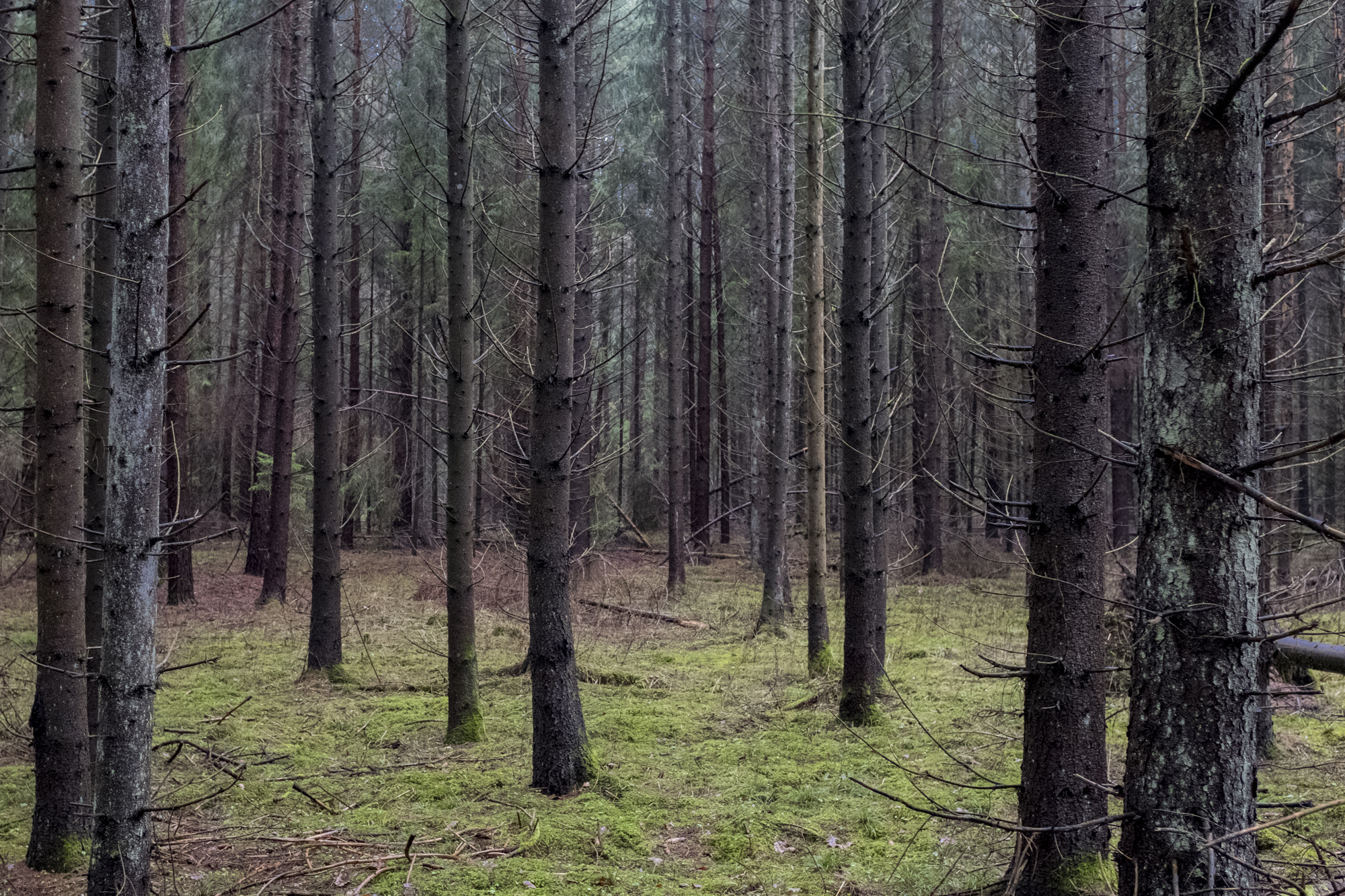
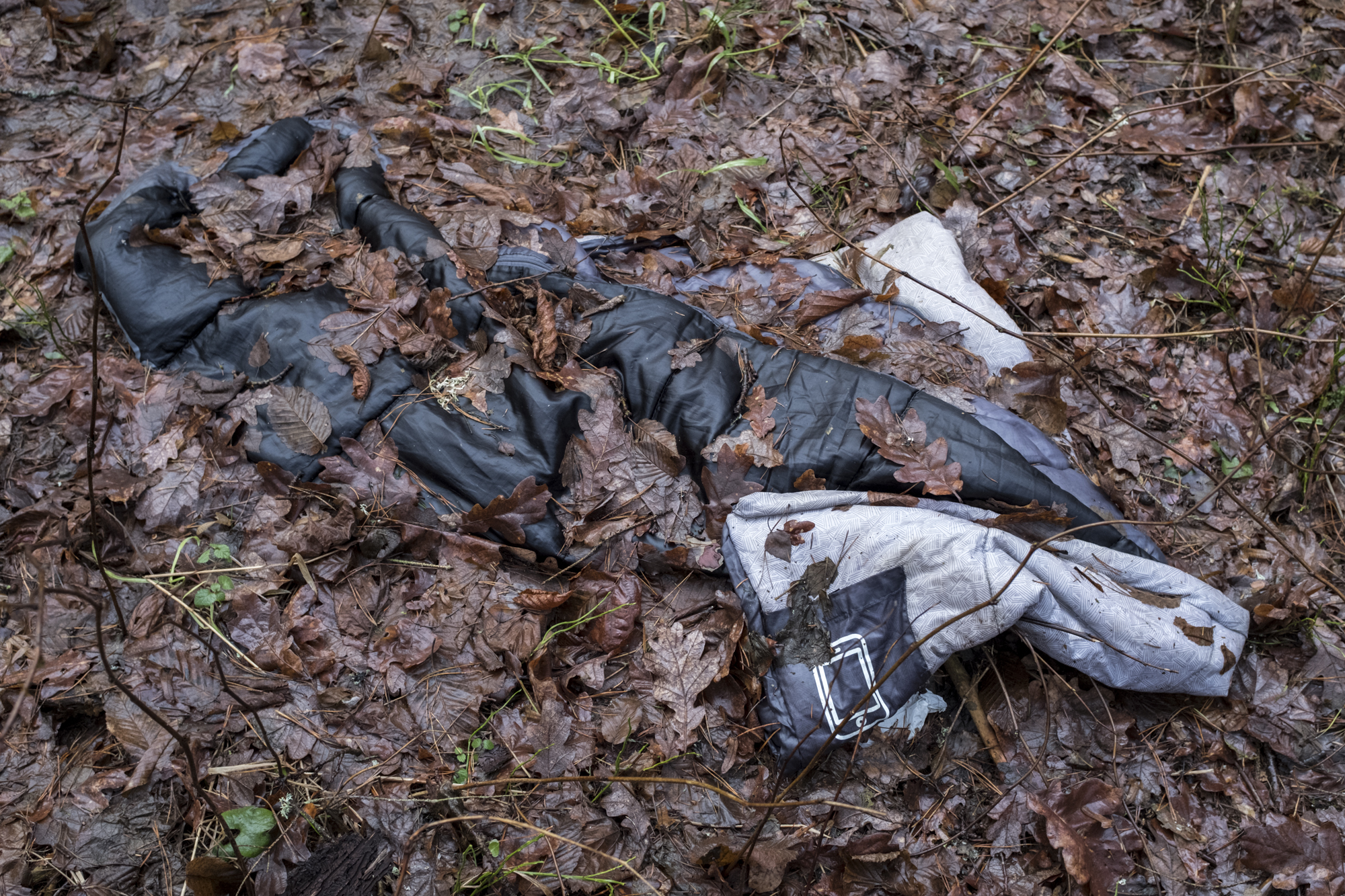
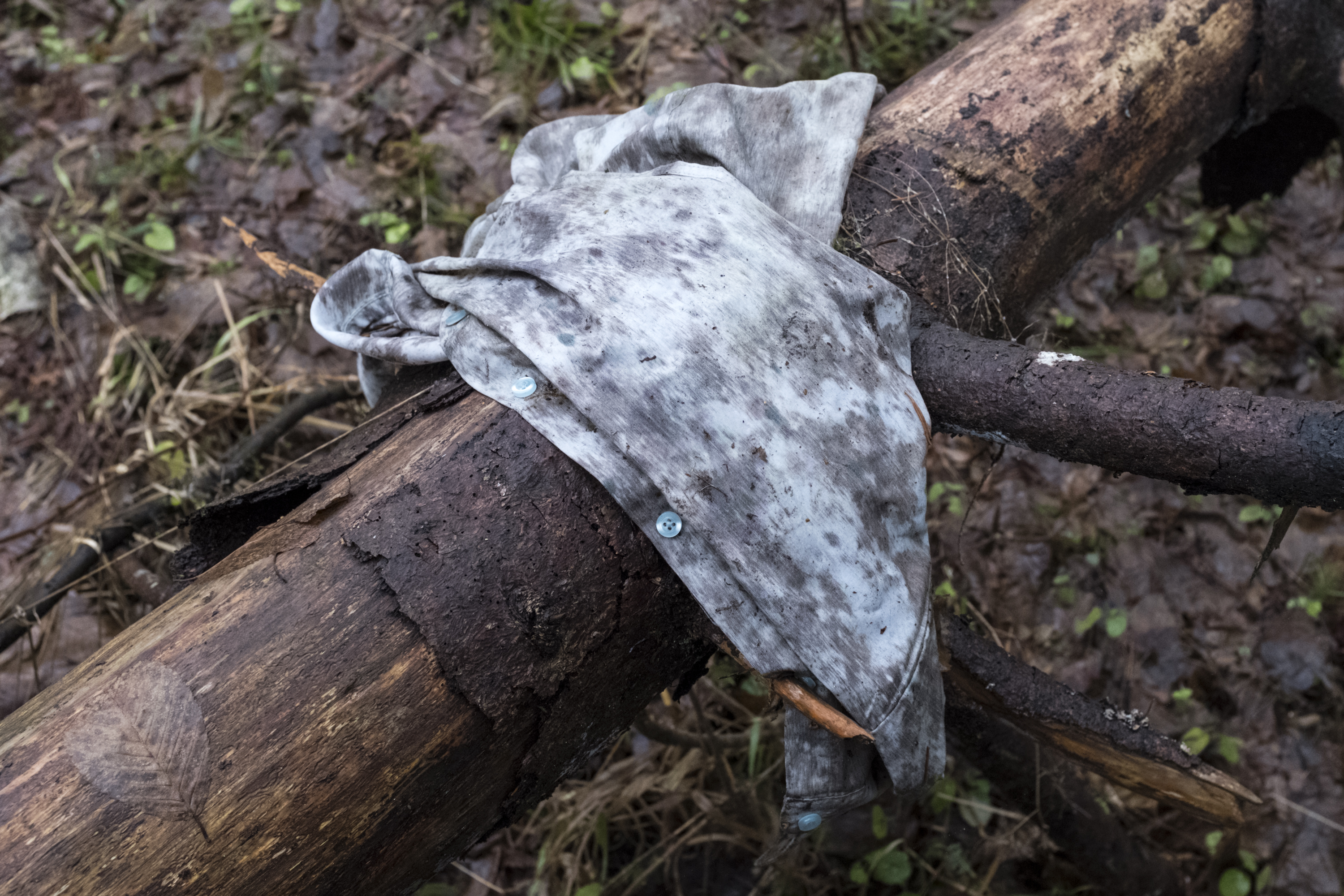
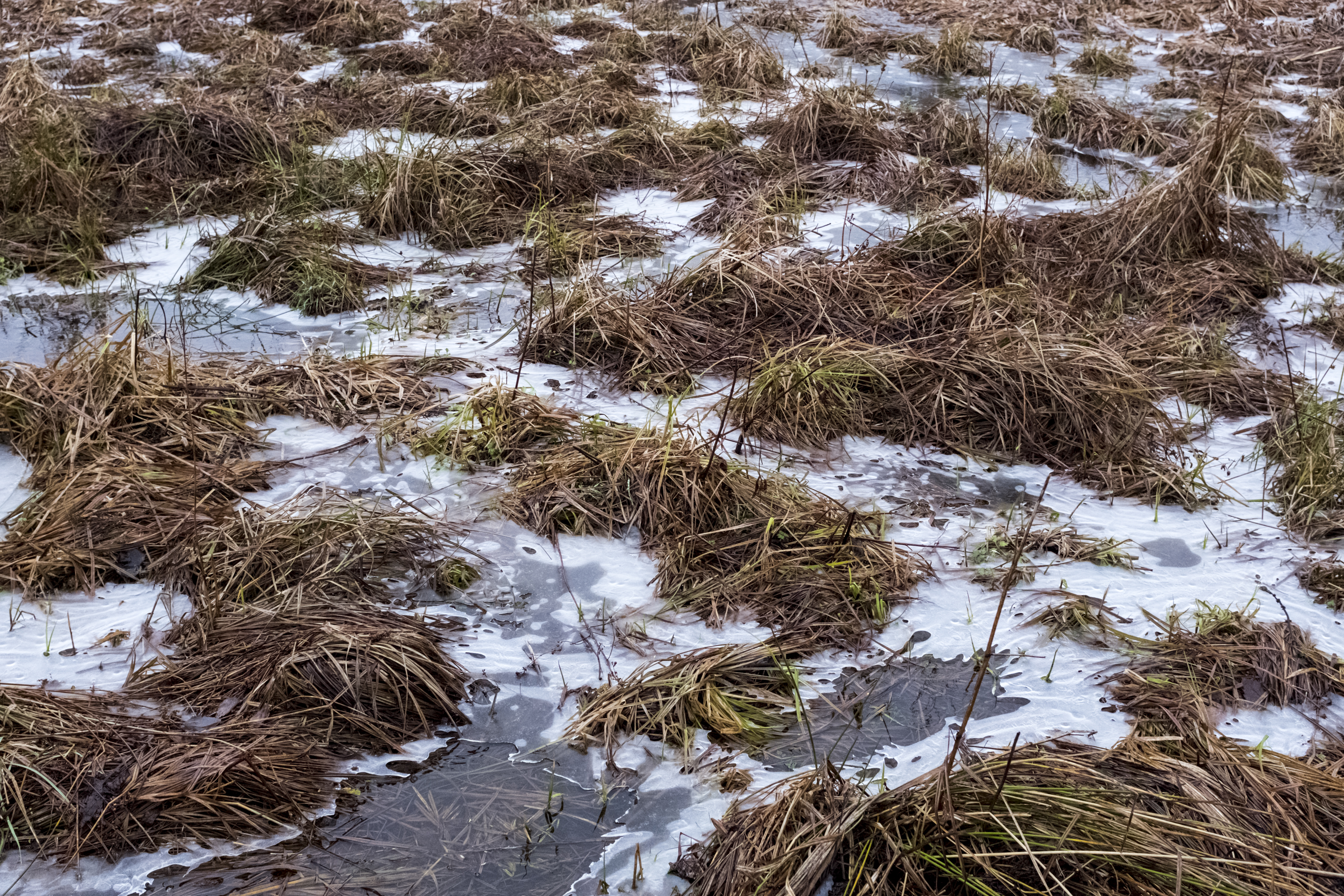


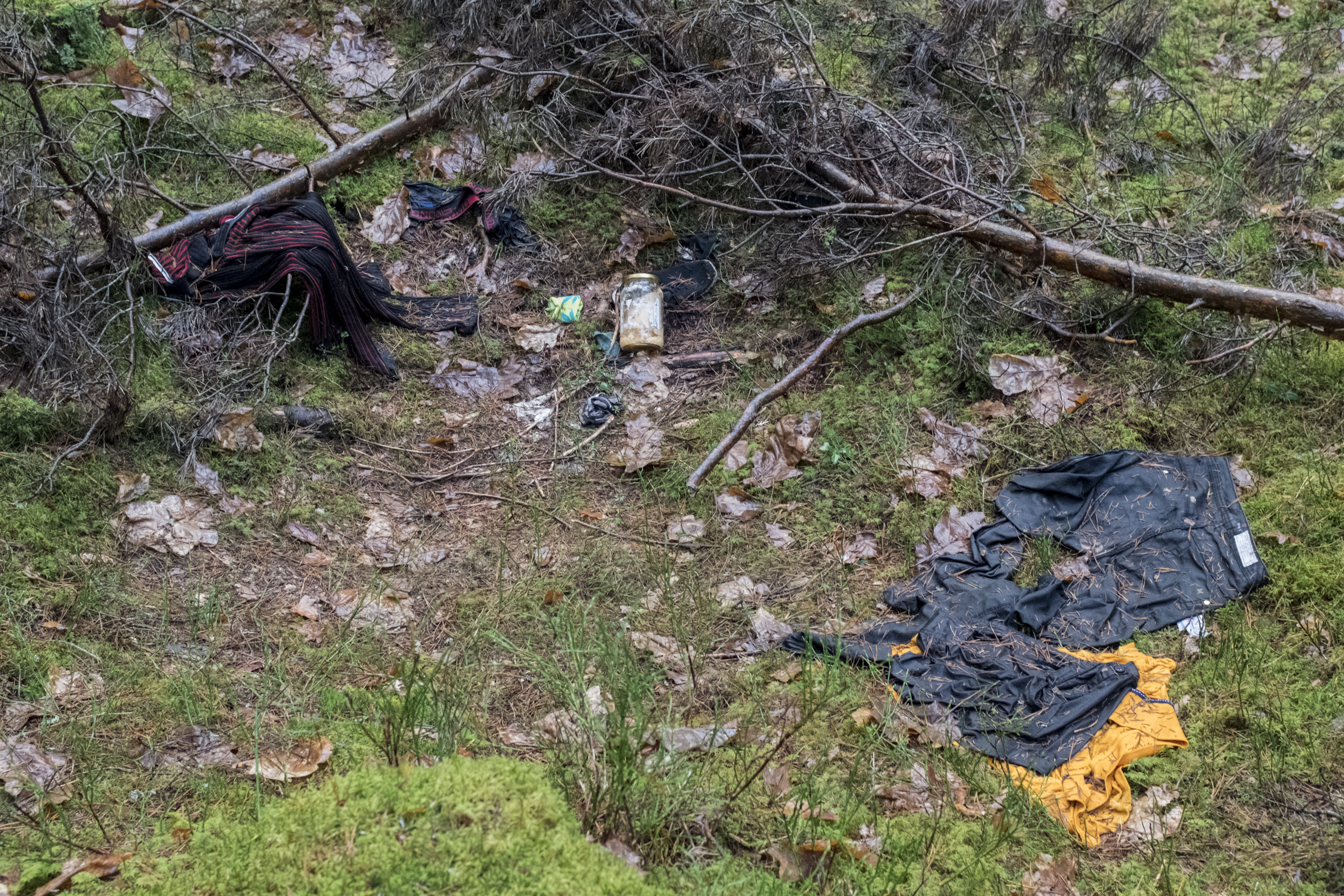

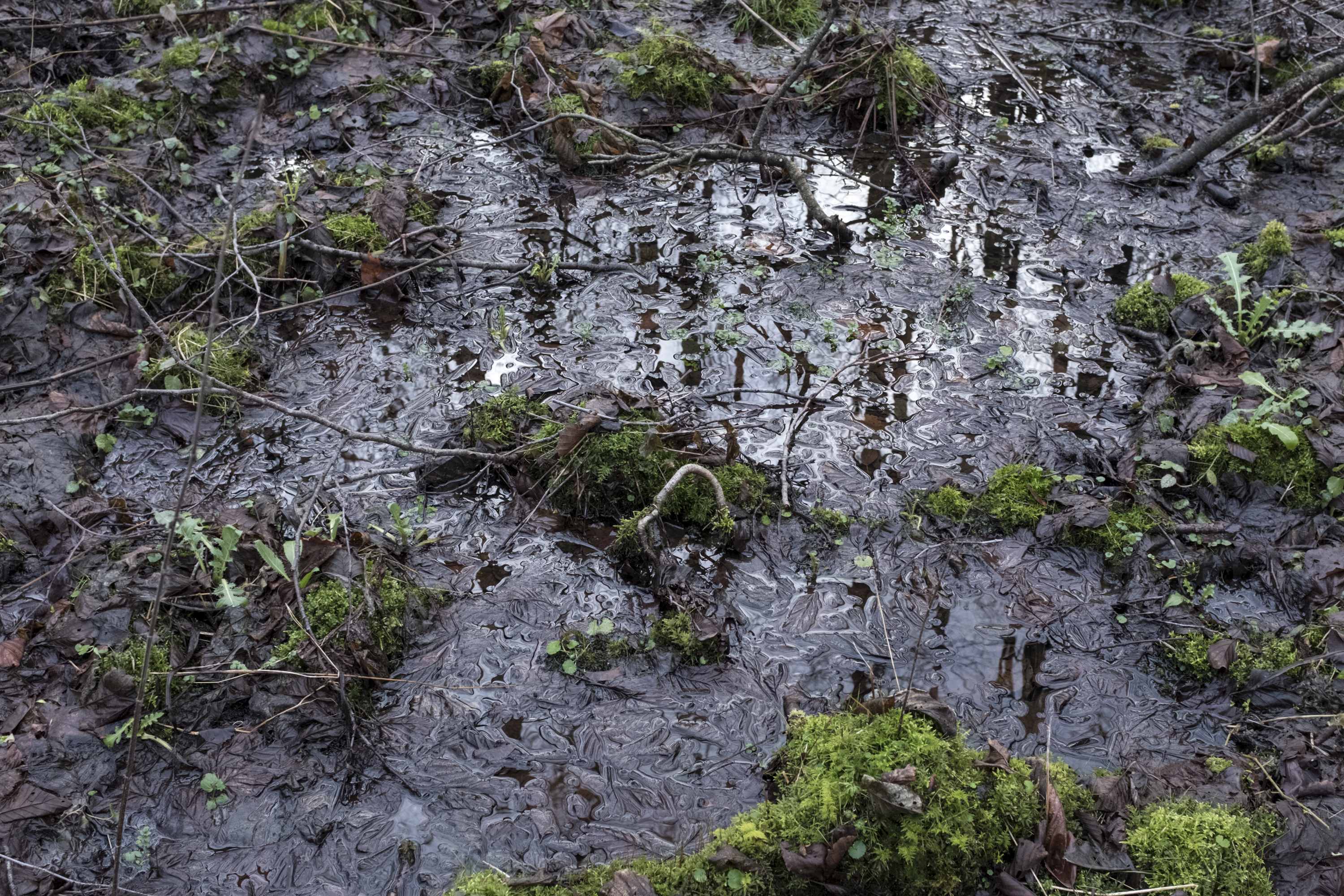

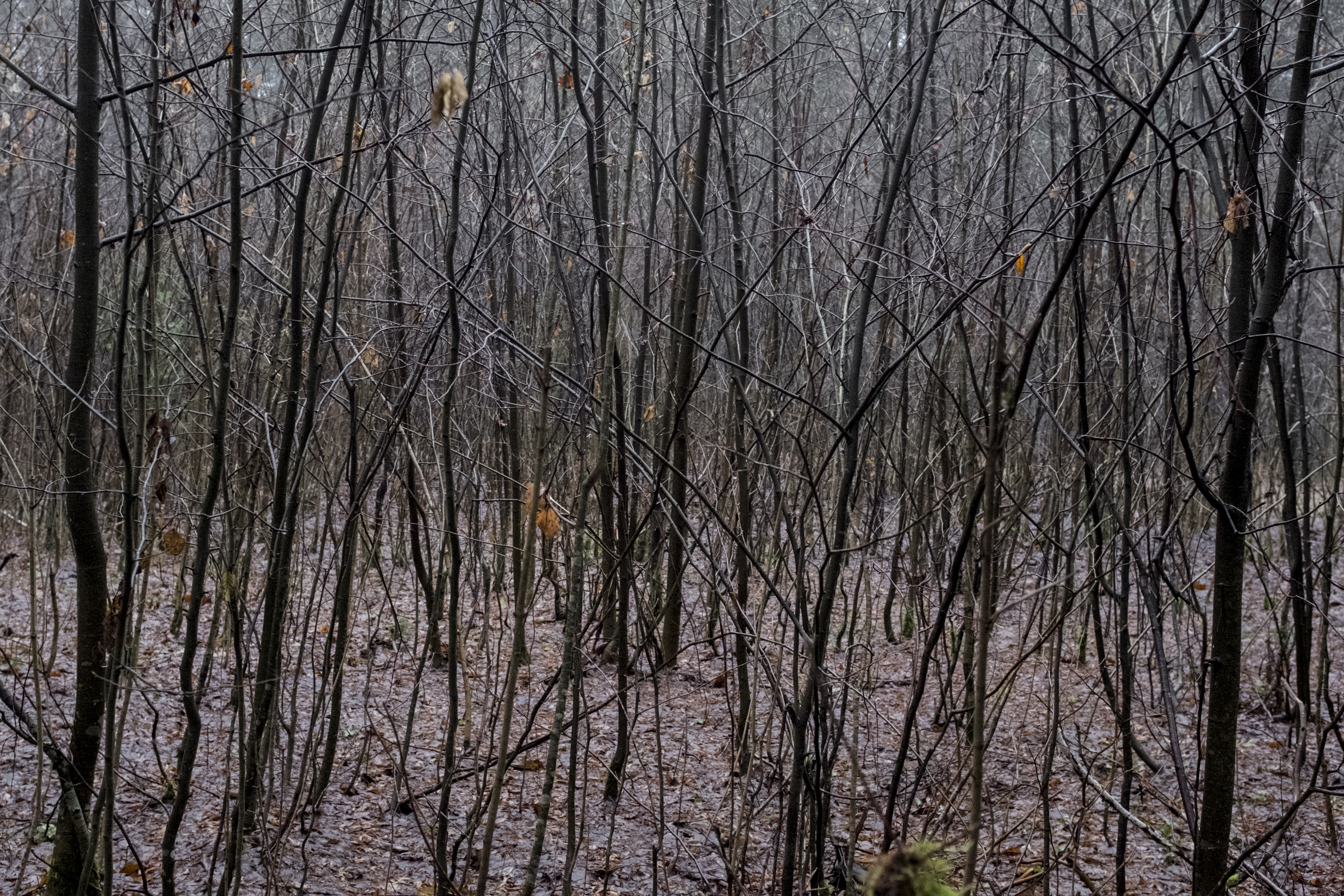
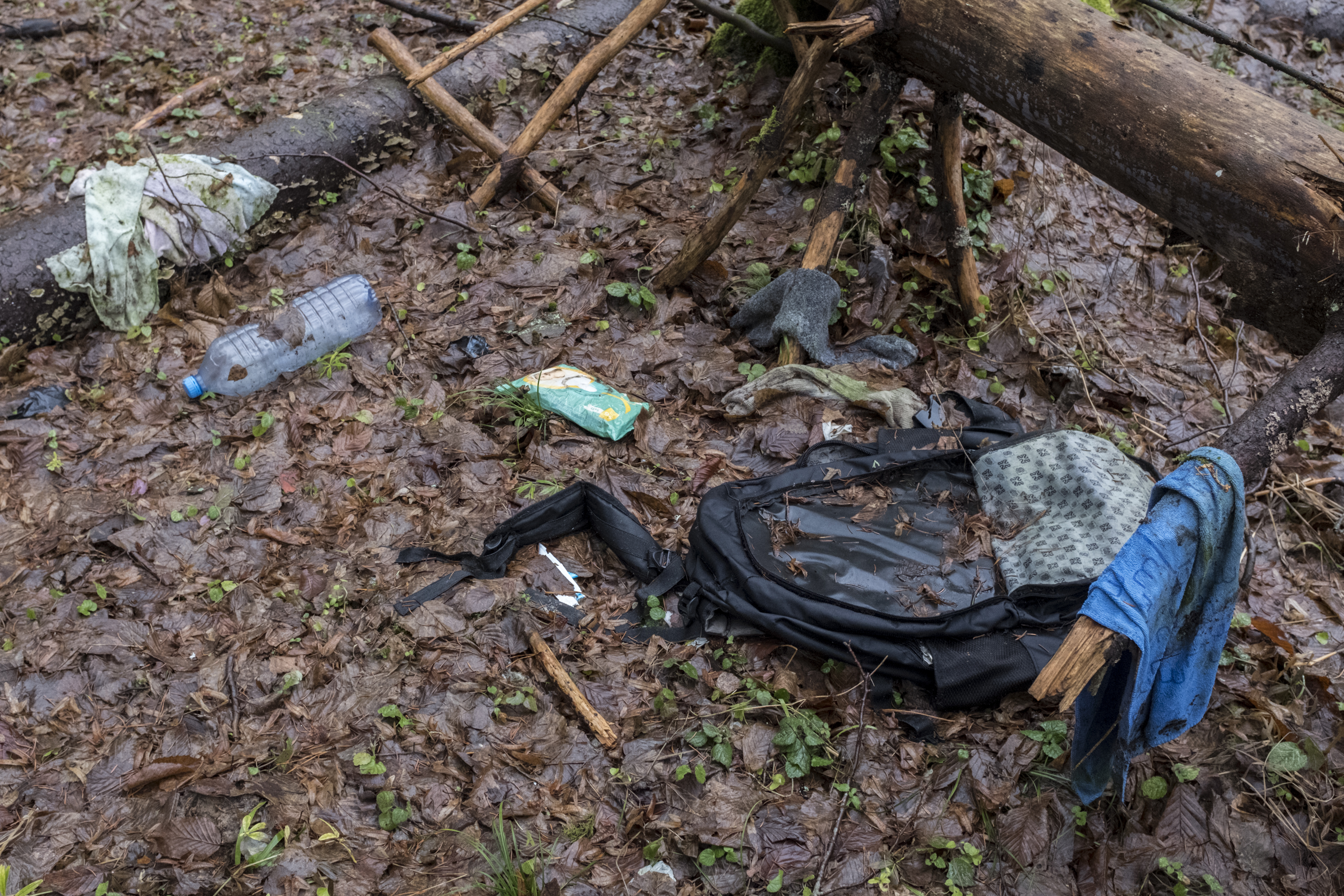
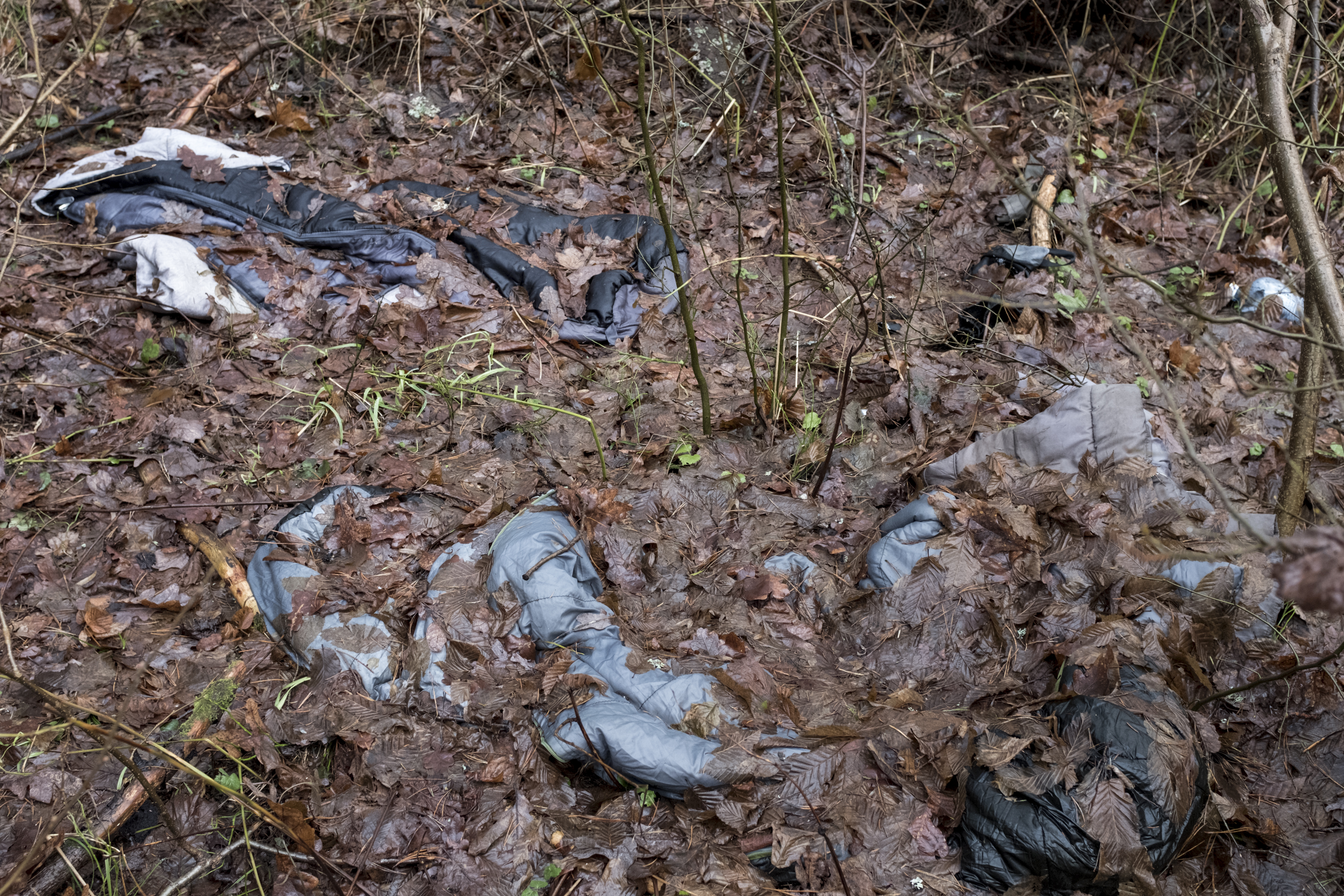
Ghosts of Białowieża (2023)
The Białowieża Forest is the last remaining mixed old growth low-land primeval forest in Europe and exists on either side of the border of Poland and Belarus. Recognised as a World Heritage Site due to its richness in biodiversity, vast areas have remained undisturbed and consist of centuries-old oak, lime and elm trees, diverse and regionally significant flora, as well as wet meadows, wetlands and river corridors. It is also populated by an extensive diversity of wildlife. Amongst this unique environment, however, is an ongoing humanitarian crisis.
In 2021, the European Union (EU) began imposing sanctions on Belarusian president Aleksandr Lukashenko following an oppressive crackdown on those who believed his election victory to be fraudulent. His response was to create a new route for refugees and migrants from the Middle East by issuing easy-to-access visas and tourist packages. Lukashenko publicly announced that Belarus would no longer prevent them from entering the EU. Soon, over 10,000 people became trapped between Polish and Belarusian military personnel along the border of the two countries. They were subject to violence and unable to access essentials or humanitarian aid.
Unable to prevent border crossings, Poland constructed an 18ft tall, 186km long border wall in 2022 which includes razor wire, motion sensors and a monitoring system. Despite this, many continue to attempt the journey and use the Białowieża Forest to cross the border of Belarus into Poland. Many do not make it; some are intercepted by the authorities, while others fall victim to the elements.
Amongst the unique beauty of the forest, evidence of those passing through remains present. Their whereabouts, wellbeing and identities are unknown, perhaps forever. Here, these objects stand still in time; they are the ghosts of Białowieża.